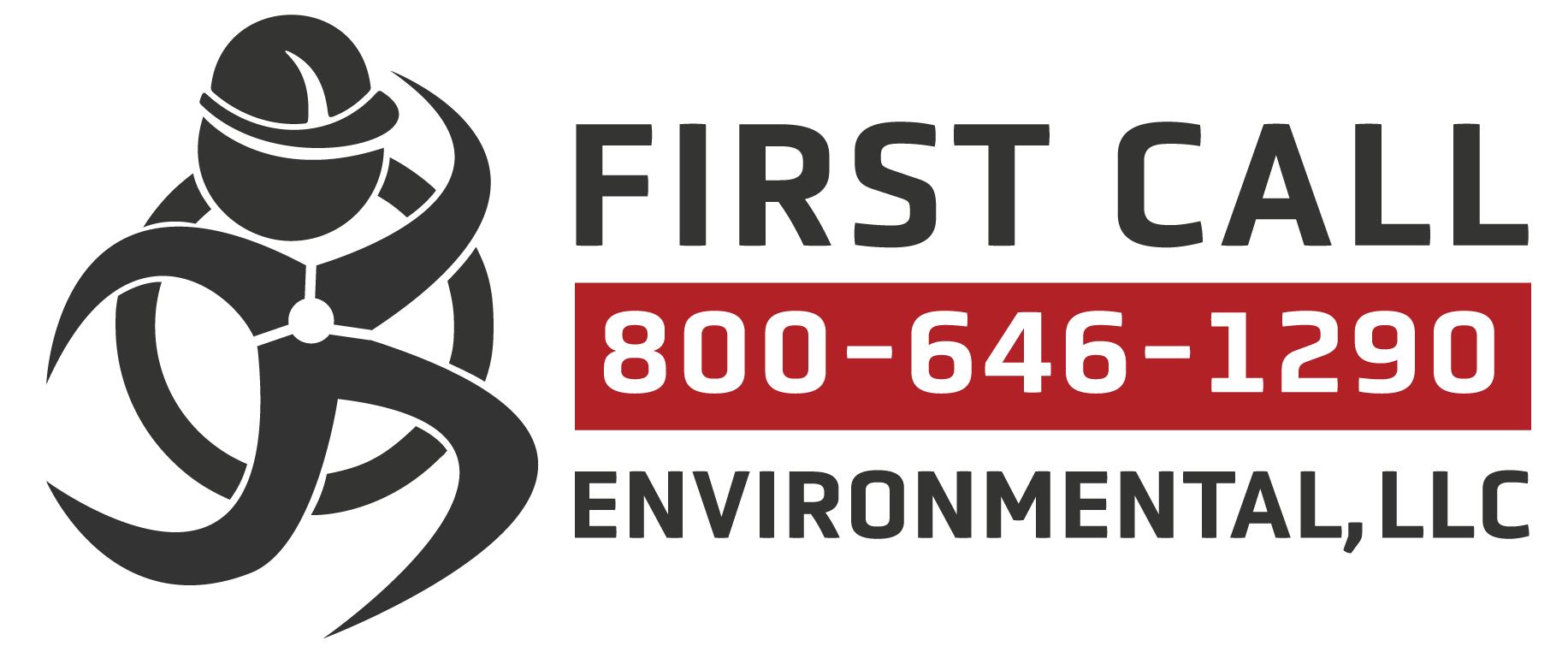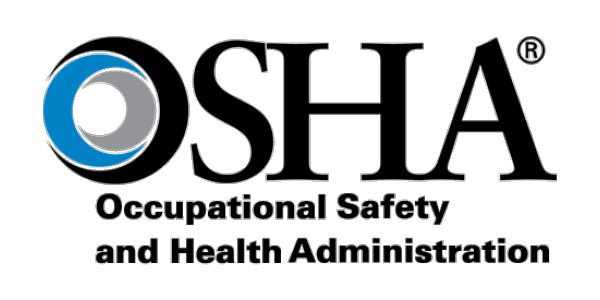OSHA’s Hazard Communication (HazCom) final rule was released May 20, over three years after it was proposed. The changes take effect July 19. There are staggered compliance dates for chemical manufacturers, importers, and distributors evaluating substances (January 19, 2026) and mixtures (July 19, 2027). Employers have six months beyond those dates (July 20, 2026, for substances and January 19, 2028, for mixtures) to update any alternative workplace labeling, update their HazCom program, and provide any additional employee training for newly identified physical, health, or other hazards.
The final rule aligns the Standard (29 CFR 1910.1200) with Revision 7 of the Globally Harmonized System of Classification and Labelling of Chemicals (GHS); HazCom was last updated in 2012 to align with GHS Revision 3. GHS is an international approach to hazard communication that provides harmonized definitions of hazards, specific criteria for labels, and a 16-section format for safety data sheets (SDSs).
The rule also incorporates several letters of interpretation OSHA issued since the HazCom rule was last updated. An overview of the changes includes:
New definitions for bulk shipment, combustible dust, gas, immediate outer package, liquid, physician or other license health care professional (PLHCP), released for shipment, and solid
Revised definitions for exposure or exposed, hazardous chemical, and physical hazard
Labeling requirements for certain very small containers and bulk containers
Significant changes to the flammable gas hazard class
These include the addition of a new hazard class (desensitized explosives) and several new hazard categories (unstable gases and pyrophoric gases in the Flammable Gases class and nonflammable aerosols in the Aerosols class).
Revised health hazard statements and precautionary statements in some cases
Revised health hazard definitions, updated Skin corrosion/irritation and Serious eye damage/eye irritation chapters, general updates to hazard classes.
Only SDSs and labels for certain products (aerosols, desensitized explosives, and flammable gases) are affected by the new classification criteria. Affected establishments must update labels and SDSs for select hazardous chemicals accordingly.

